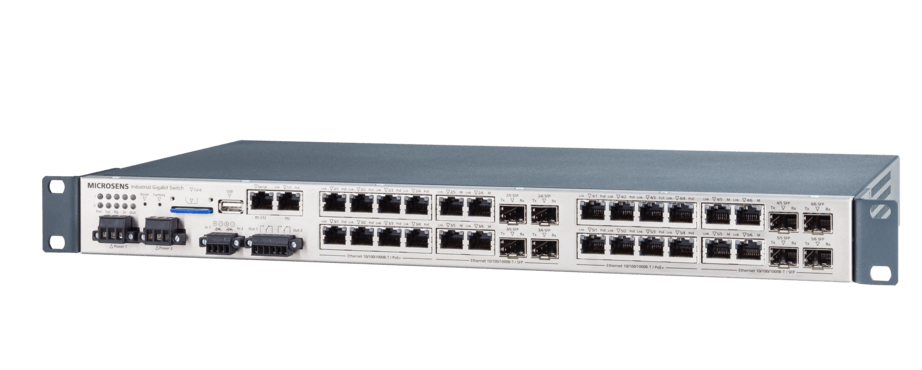
Wireless dimmers, switches, and keypads are perfect control interfaces in places where you don’t want to break into walls for cable runs. Wireless lighting is frequently preferred for remodeling projects since it is less expensive than upgrading a wired system. Centralized Lighting is a system that lets you supervise all of the lights in a facility or house from a single place.
Lighting wires operate from a centralized location, like a utility closet, eradicating the necessity for loads of switches and substituting control of individual or sets of light fittings with luxurious and modern keypads. Centralized lighting is ideal for new-build homes or homes undertaking redecoration work.
A centralized lighting management system’s degree of intricacy can range from reasonably simple to exceedingly complicated. A touch screen control panel put in a house, for instance, could be simple and user-friendly. The homeowners may easily control and regulate lighting in any area of the house by just pushing a button on the remote.
An intricate multi-button control system in a high-rise office building’s control center, on the other side, may be able to regulate multi-faceted lighting operations across the structure.
Homeowners may program these smart lighting control mechanisms to match their demands. For instance, a homeowner may program his entrance and lounge room lights to turn on when he returns home from work.
They may adjust the lights to an “enjoyable” setting, which dims the lights in the dining hall and living room to pre-determined settings. They might set up a “vacation” mode that turns lights on and off during the day while they are away, making their home look occupied and minimizing the chances of a break-in.

Aside from the security and comfort advantages of centralized lighting management, it may also assist preserve energy and lower electricity bills.
Lighting controls may be programmed to turn off lights when rooms are not in use, lowering energy expenditures dramatically.
The volume of energy saved depends on how the controls are adjusted, how predictable the residents’ schedule is, and how long lights were previously kept on in unoccupied portions of the home or building.
Although wireless solutions are also available, the bulk of today’s centralized lighting systems is hard-wired. A complex structured wiring network should be built in the walls of homes or buildings to have hard-wired centralized lighting control. Many house builders are now installing structured wiring in all new homes they create, which is good news for some homeowners.
Today’s homeowners may use a touchpad within the house or a Wi-Fi or Bluetooth-connected smartphone or tablet making use of IoT to control the lighting throughout the house from anywhere at any time.
These wireless accomplishments need the replacement of switches and dimmers in the home, some minor rewiring, and the installation of the manufacturer’s software.
Tunable lighting which allows users to change the color of light from a chilly white to a warm, typical yellow tone—or even from white to blue or another hue, is also getting popular.
Homeowners may come to anticipate it in new houses as knowledge about the technology spreads and it gets more inexpensive and user-friendly. Existing homeowners are likely to include automation in their next renovation project.
Although just around 1% of today’s domestic lighting is part of a connected system controlled by the user, as consumers become more aware of the expanded possibilities and lifestyle benefits of connected lighting management, the percentage will grow.
“The more the rest of the world sees how simple it is, and the less we complicate it, the more people will use home automation goods.” These items will begin to form their ecosystem.

